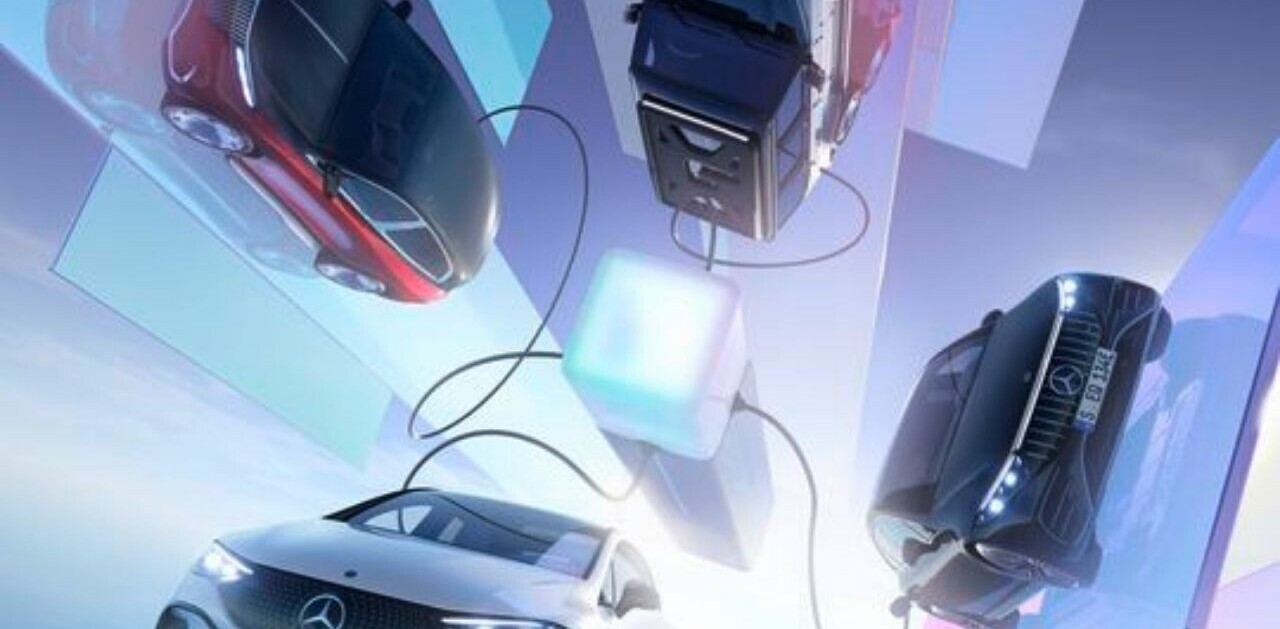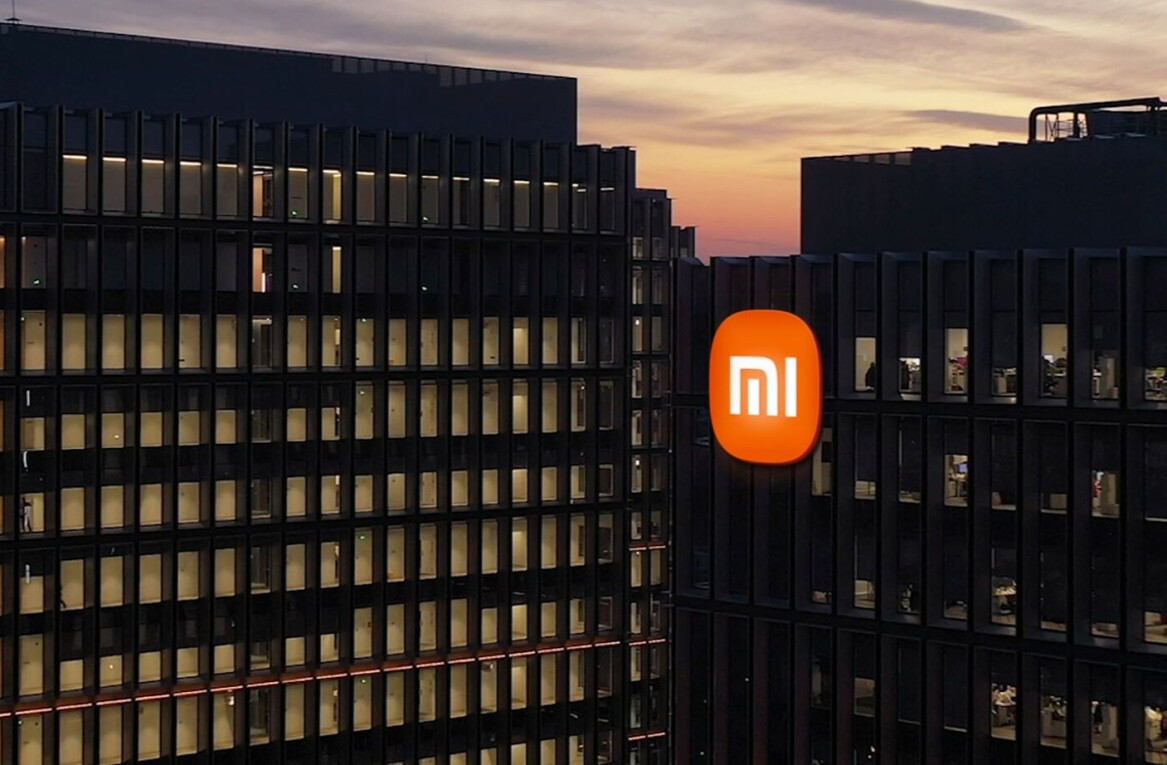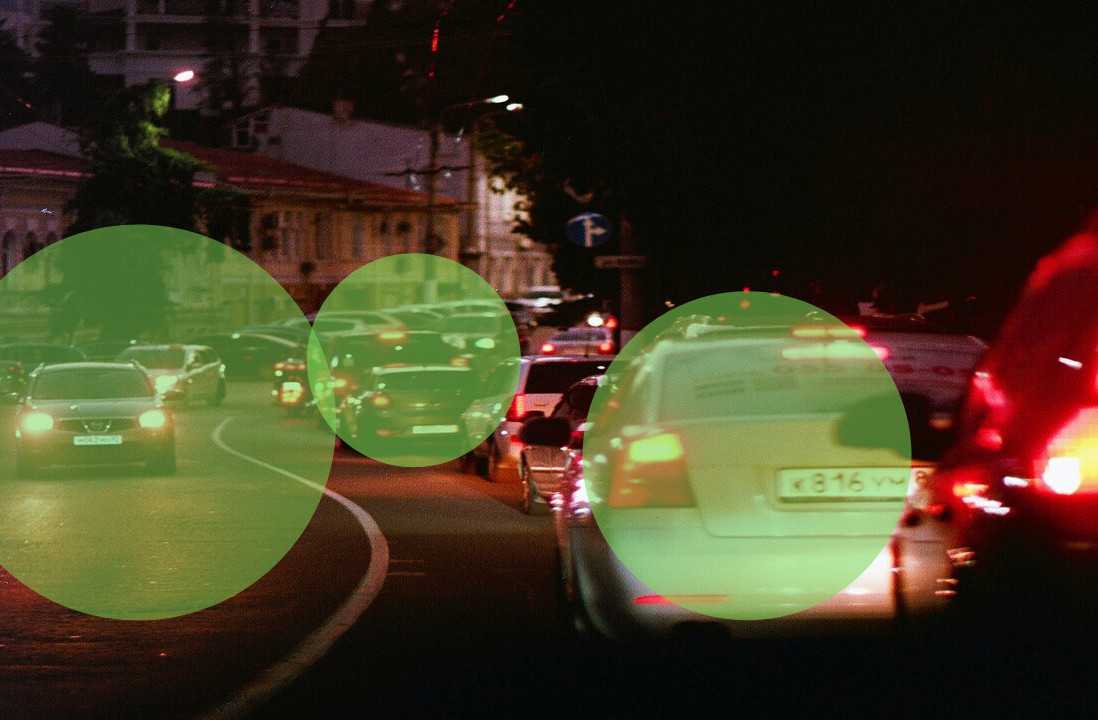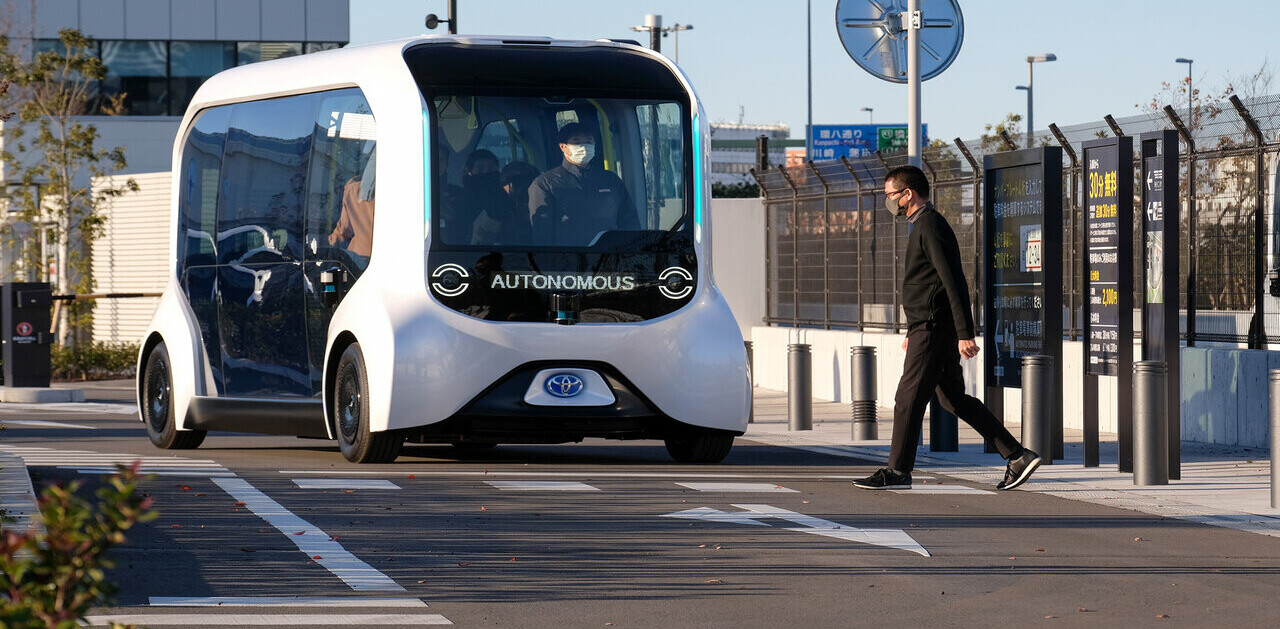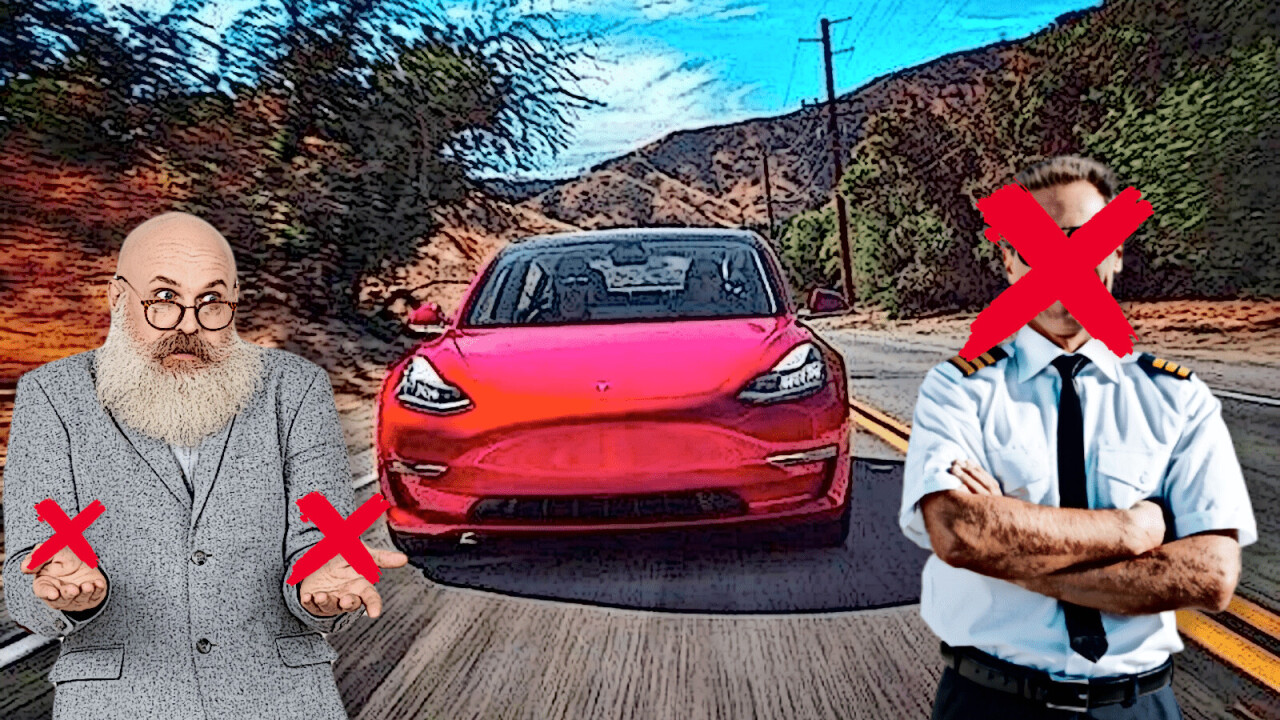
Did you know Aaron Jefferson, VP of Product at self-driving tech company Luminar, is speaking at TNW2020 this year? Check out his session: What’s needed to get safe self-driving cars on the road? here.
When it comes to self-driving vehicles, we’ve been promised a lot in recent years. They are supposed to rescue us from the monotony of tedious driving. They are supposed to make our roads safer. They are supposed to be here already, but they’re not.
In the past year, the challenging reality of getting fully autonomous vehicles on the road has set in and tech is having to take a more considered approach.
Earlier this year, Mercedes-Benz decided that there is more of a future in electric vehicles than self-driving ones. Daimler’s chair at the time said, “True self-driving cars in the public domain are still a long way off, and subject to market pressures of whether customers will actually pay a premium for the technology.”
[Read: 5 things to know when you’re buying your first electric vehicle]
Certain vocal individuals in the industry claim that they’re close to, or have already figured out how to make self-driving cars a reality. The same individuals also promised that there would be “one million robotaxis” on the roads this year, and yet, there are none.
There’s also the question of how we define autonomous vehicles. Industry definitions spread the term across many levels, which, for the average reader, does little to clarify what autonomy actually is, but rather conflates fully autonomous vehicles with partially automated driving systems designed to support drivers and not replace them.
Misunderstanding these levels can lead to devastating consequences and is costing people their lives.
Within the industry, there’s also a long-running debate of the efficacy of certain technologies necessary for autonomous operation, including various types of sensors, cameras, stereo-cameras, and LiDAR.
Tesla’s garrulous frontman Elon Musk has disparaged LiDAR, saying that it’s not needed to offer self-driving cars and that autonomy is largely a software problem. However, others in the industry disagree: just look at any Waymo, Uber, Yandex, or other test car from a company purely focused on developing autonomous vehicles and you’ll see a healthy dose of LiDAR sensors.
Even if tech companies can solve the hardware and software challenges of self-driving vehicles, they still have to convince the biggest critic of them all: the general public — most of whom don’t yet trust the tech.
Indeed, there are still many questions that demand answers before we have safe self-driving cars on our roads.
If you’re interested in hearing more about this topic and exploring the future of vehicle autonomy join our online event, TNW2020, at 1815 CEST on October 1, where you’ll hear Aaron Jefferson, Luminar’s VP of Product, tackle these questions head on.

Get the TNW newsletter
Get the most important tech news in your inbox each week.

